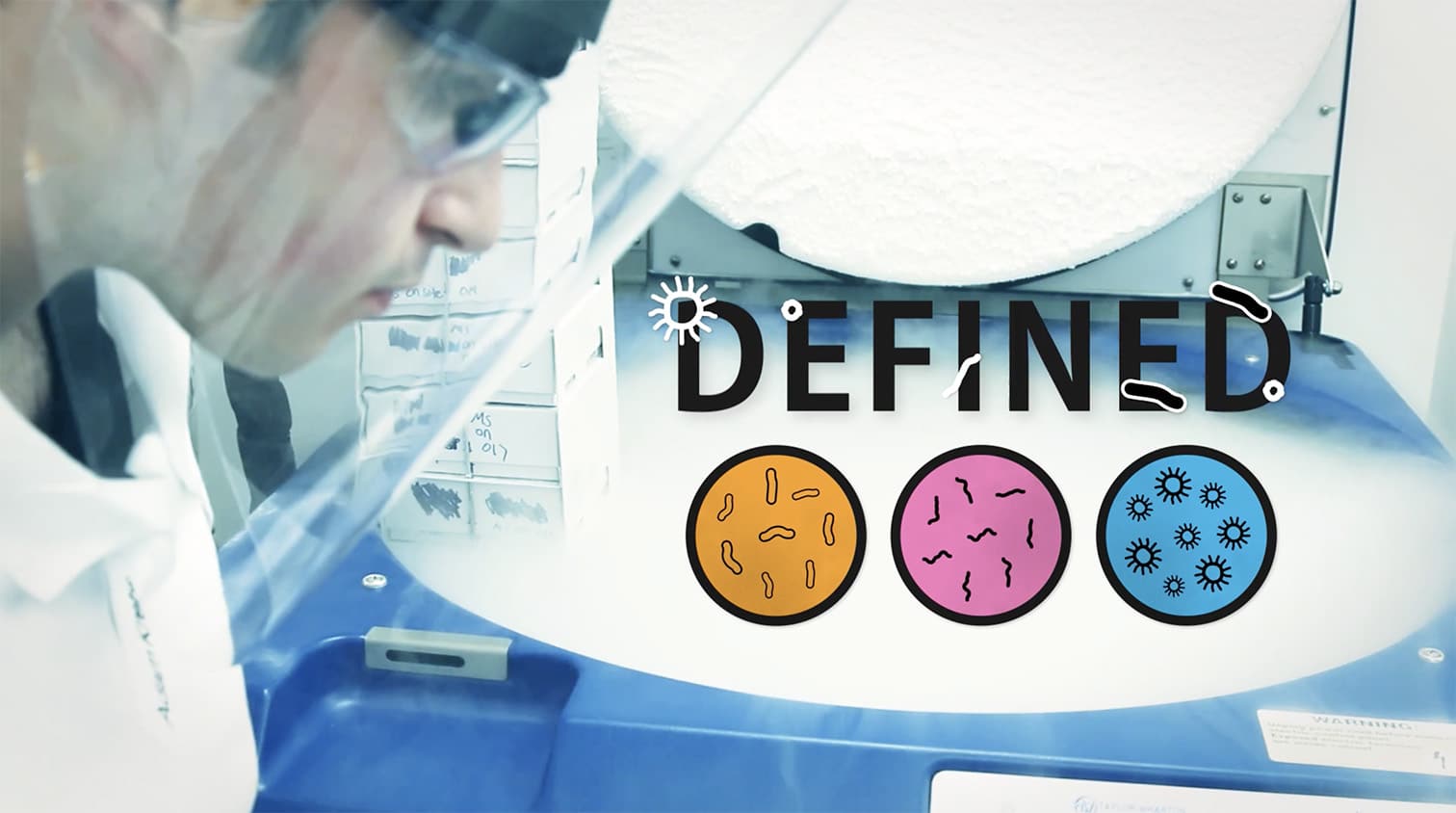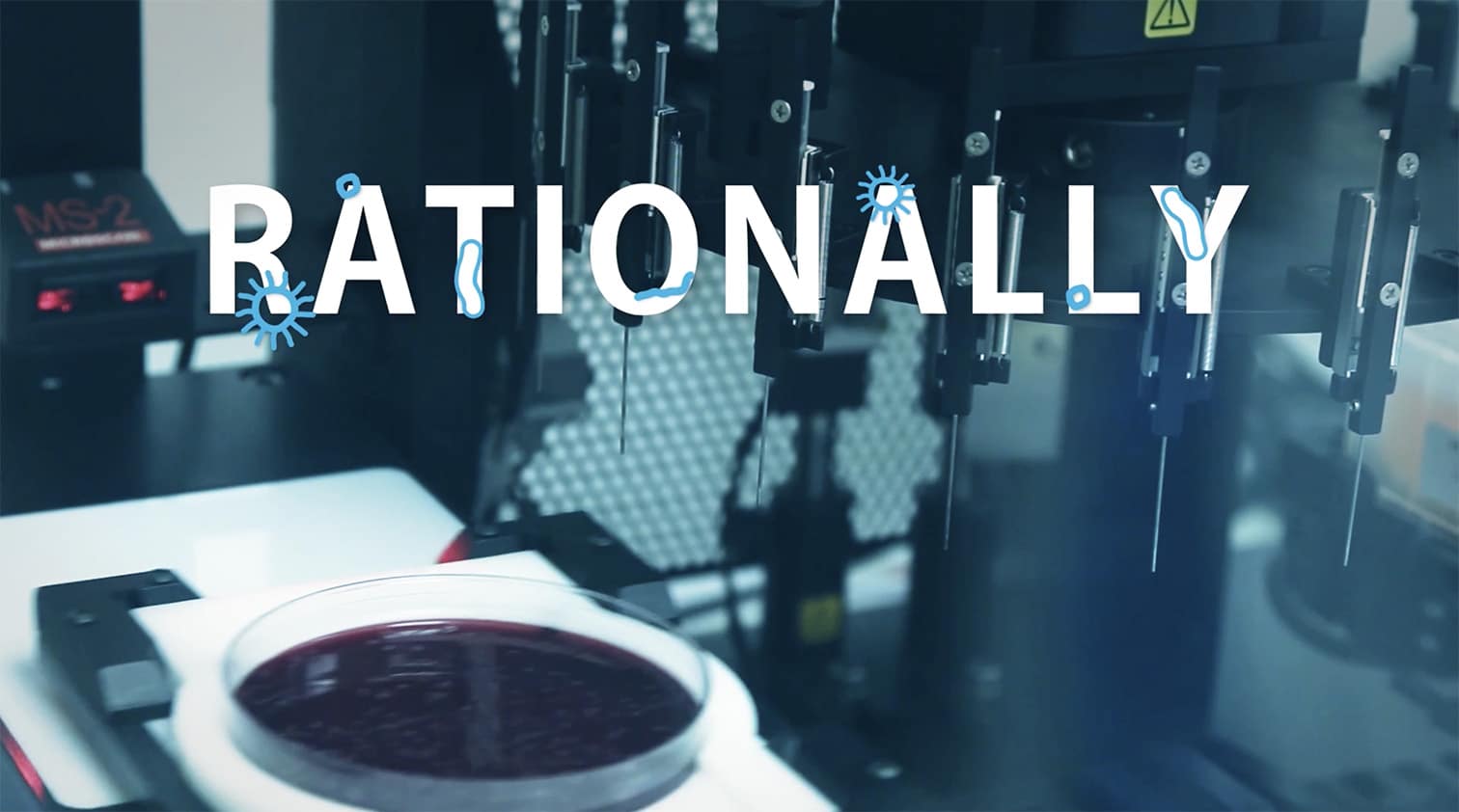Vedanta is pioneering the rational design of drugs made of defined consortia of bacteria that are essential dwellers of the gut ecosystem.
Project
Indications
Technique

Intro
The human body is an ecosystem. Trillions of microbes call us home.
They form the human microbiome, which performs critical functions to preserve our health including modulating our immune system and providing resistance against infectious pathogens. Alterations of the human microbiome are increasingly recognized as a key factor in development of immune and infectious diseases.
Vedanta is a clinical-stage biopharmaceutical company pioneering the development of oral dosed bacterial consortia that modulate the human microbiome to treat disease. Its pipeline includes product candidates for C. difficile infection, inflammatory bowel disease, Gram-negative infections, solid tumors, and food allergy.

Challenge
Remember how glorious and cinematic cel animation was in the early days of the 20th Century? Mickey Mouse, Bugs Bunny, Tom and Jerry, and Disney?
Then animation became more simplified when William Hanna and Joseph Barbera, who created Tom and Jerry for MGM, pondered their next move after MGM Studios shut down their animation division. Even though their “limited animation” was far more simple, and less expensive to create, the storytelling was still incredibly strong. Generation of baby boomers grew up on The Flintstones, The Jetsons, Huckleberry Hound and countless other characters from Hanna Barbera and other animation studios. Then things went downhill with animation getting simpler and simpler and series becoming more formulaic, or as an excuse to promote toys. Animation became so simple that many characters merely blinked their eyes or changed their expression slightly. Now don’t get me wrong, series like Family Guy, The Simpsons, and South Park and many others that came after them are brilliant and funny, but the animation styles are a far cry from Disney, MGM and Warner Bros.
Animation for products and services has gone a similar route, getting worse and worse via a seemingly endless plethora of cheap explainer videos that don’t tell a story. To make matters worse they use templated scenes and characters so every explainer video looks practically the same. The end result is passionless, meaningless and dull. However, the things that make Explainer Videos compelling are how fast and inexpensive they are in comparison to 3D animation or more complex 2D animation.
So when we have an opportunity to use 2D animation, be it highly complex or minimalistically simple, stop-motion or motion graphics, Mechanism Of Action, or to sell a product or service; we we do what we do for all our videos. We tell a story with a beginning, middle and end…with conflict and resolution. And we make it unique, interesting, compelling, cost-effective and engaging for our targeted audience.
Solution
Vedanta wanted us to make this video accessible to as wide an audience as possible.
In our stakeholder call they conveyed “We don’t need to go scientific all the way. But we do want to have enough of the science in there to get the people that we really care about – potential employees, potential pharmaceutical company partners, potential investors, really excited about what we’re doing. We don’t need to be talking about the names of molecular receptors, specific molecules or a lot of jargon on specific bacteria. But we will definitely want to talk about what diseases we’re trying to help with, and the relevant biology that happens in the intestine.”
So this gave us permission to create a simplified animation style to tell an overview story about Vedanta’s Bacterial Consortia Biome Drug Platform. It may sound like a mouthful, and their science is complex, but after watching our video, we’re confident you’ll walk away understanding the science and hopefully have with a warm feeling inside your tummy.
